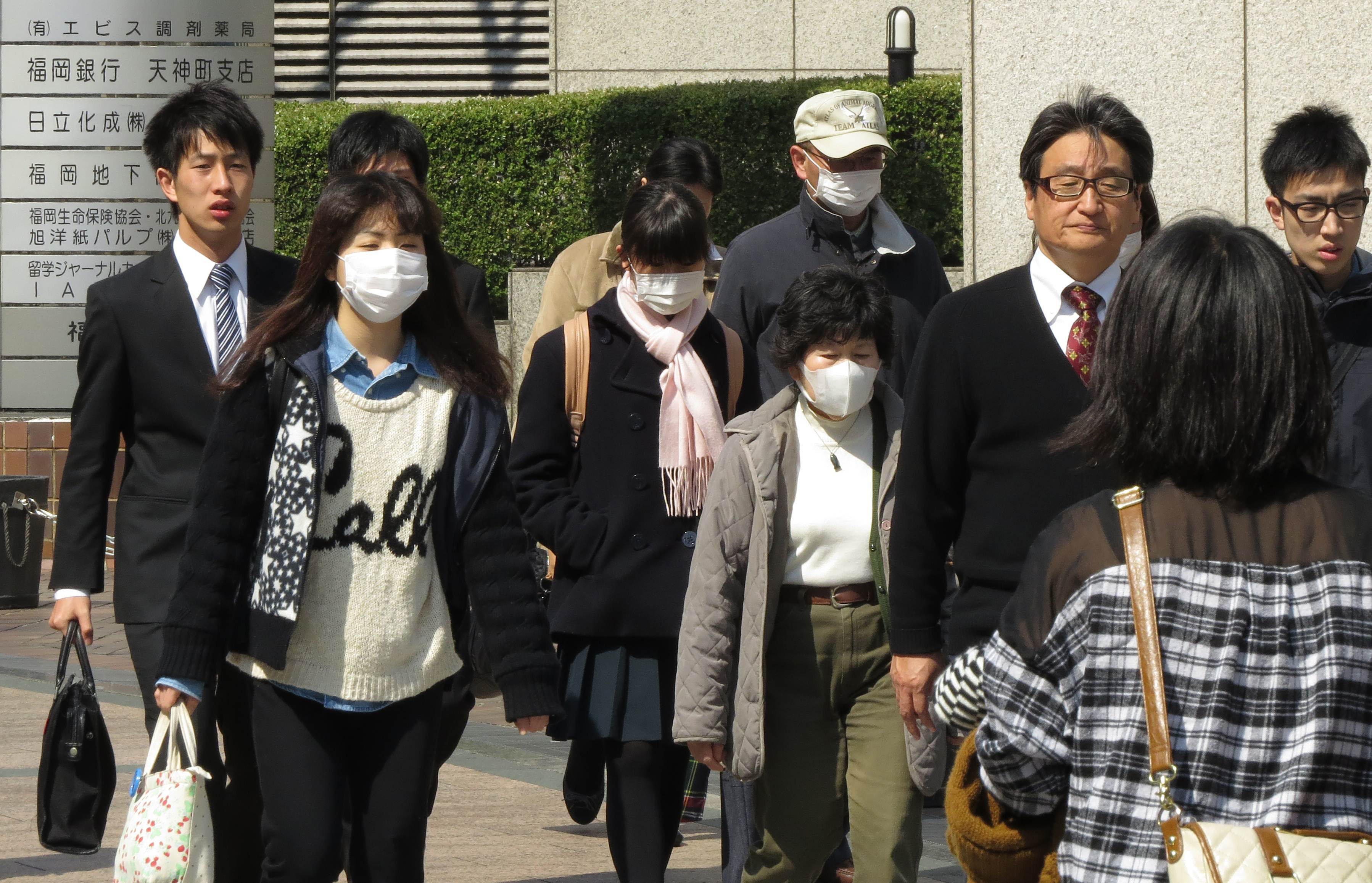Pollutants from China and their resultant problems are nothing new to Japan. Acid rain, principally caused by high levels of sulfur dioxide and nitrogen oxide in industrial pollutants, has been a concern for several decades.
While Kyushu and western Japan are most vulnerable to pollutants from mainland China, Shukan Asahi (Feb. 15) quoted Jotaro Urabe, professor at Tohoku University, as saying testing of soil strata on Mt. Hachimantai in Iwate Prefecture indicates metallic precipitates have increased two to fivefold from the levels of the 1950s, serving as evidence that pollution from China extends over nearly the entire Japanese archipelago.
In addition, over the past half decade, the heavy clouds of seasonal huangsha — called kosa in Japanese and referred to alternatively in English as yellow sand or yellow dust — wafting eastward from the Gobi desert each spring have worsened due to ongoing desertification of the region. No longer just a problem for northern China, they darken the skies over Seoul and Korea and have affected commercial air traffic in western Kyushu.



